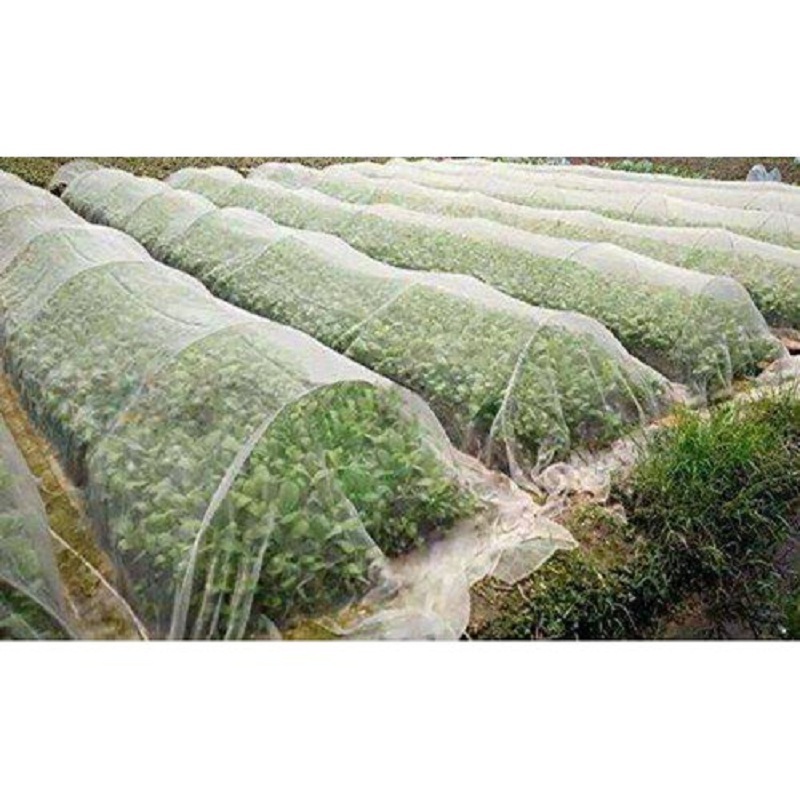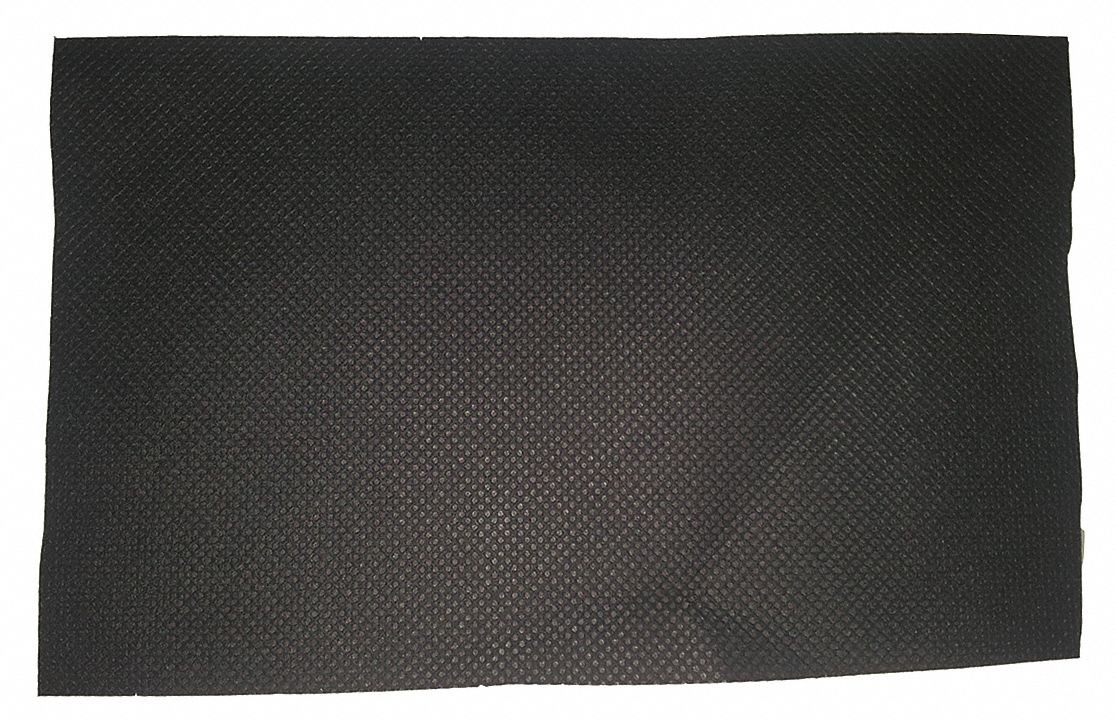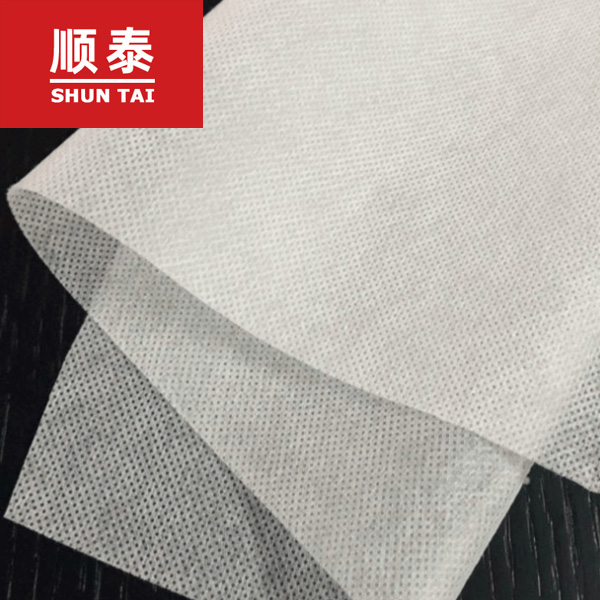Non-Woven Fabric And Its Uses In Agriculture
In the beginning of the petrochemical industry, non-woven fabrics were produced. During this time, non-woven fabrics were only employed to increase their bulk and softness in the production of packaging, coverings, and filling. The rapid growth of material science has allowed non-woven fabrics to be used in a variety of fields, including commerce, medicine as well as civil engineering and agriculture. Its presence can be seen throughout the world and is evident in its initial applications in agriculture. Non-woven fabrics can be described as fabric-like materials that are made from both short and long fibers. They have been bonded with heat, chemical, or mechanical treatment. It is generally accepted that woven fabric is more durable and stronger than nonwoven materials. There are many applications of non-woven fabric. Non-woven fabric is more affordable than woven materials, and their markets are growing, evolving, maturing, and growing. See this wholesale agriculture non woven fabric for more info.
Non-Woven Industry Development Compared with plastic cloth, it is more light-weight and offers good ventilation. It is commonly used in products for hygiene and medicine such as sanitary napkins and facial towels. Later the application of engineering was made to it. Non-woven fabric is used in the production of vegetable products to avoid cold damage. The manufacturing process of non-woven fabric differs from plastic film, however the fundamental raw materials are nearly the same. It includes polyvinyl chloride (PVC) (polyethylene), PE (polyethylene), EVA copolymer (Ethylene Vinyl Acetate), PVA/polyvinyl Alcohol, and more. By inflating the traditional plastic film using heat, it produces thin film. It is continuous and may be stretched indefinitely. The film does not have pores. It is an impermeable film which blocks the exchange and movement of any molecules across the film. Artificial chemical fibers from the mentioned sources became the preferred choice of the trade in textiles following the growth of the manufacturing industry. These chemical fibers can still be transformed into cloth by traditional warp and weave weaving. So-called non-woven material is formed by reshaping the fibers in the same plane, at different angles throughout the entire direction instead of traditional methods for warp and weave. Compared with traditional woven fabrics the material has superior properties, and its production process is able to go from raw materials to finished items in one go. This is a better alternative to weaving that requires drawing in fibers. Non-woven fabrics have been widely used in the apparel industry in recent times. The development of production technology and the advancement of material science has made non-woven fabric more flexible and widely used in the past few years. The various materials and products made can be seen everywhere in our daily lives. Due to their lightweight and easy production, non-woven textiles have gained demand in the field of agriculture. See this non woven weed fabric for more info.

Non-Woven Fabrics in Agriculture. Non-woven textiles were introduced to agriculture in Europe in 1978. They are used to keep carrots warm in the beginning of harvesting, and to protect against whiteflies as well as tomato leaf viruses. Non-woven fabrics are used to mulch tomatoes, sweet peppers, and sweet potatoes along with carrots, root vegetables, the carrots. They also aid in the growth of other vegetables such as cabbage, lettuce, radishes, and lettuce. It's used to keep heat, promote early harvesting, and to control insects. Non-woven materials are commonly used to cover surfaces like grass-proof mats. Short fibers are also utilized to make water-absorbing blankets that are sprayed on nursery beds to ensure that the roots will completely absorb water. They can also be used to make turf or as lawns for gardens. They can be used to plant large woody trees, such as fruit trees and garden trees. In Taiwan along with the mentioned functions, non-woven fabrics are used in crop covering. They are extensively used to control large greenhouses' environmental conditions and also to save energy. Double-layered canopy curtains and cover cut down on the solar radiation and heat loss in the evening. TAVIK fabrics, which are non-woven, spun-bonded non-woven TAVIK fabrics that have high density were initially used to shade and protect the cauliflower bulbs. Its superior shading capacity and low thermal conductivity as well as ease of recyclability led to it becoming a preferred option for farmers. Later, it was utilized for the preservation of leaf vegetables as well as their insect-proof cultivation. Then it was used to shade, heat, and preserve fruit trees and pineapples. Because of Taiwan's unique ecosystem and climate, the growth of the industry of nonwovens has been slow. Taiwanese nonwoven fabric manufacturers continue to develop nonwoven technology. The focus of Taiwan nonwoven fabric production is water absorption, air permeability, and water repellency. It is used in storage and preservation of agricultural products. Follow this pp agricultural nonwoven fabric for advice.
